- Design industry shaping loyalty programs
- Integrate easily and go live quicker
- Deliver hyper-personalized consumer experiences
Blue Rewards from Al Futtaim Group Shares Loyalty Success Stories and Evolution. Watch Podcast >
Capillary Triumphs with 4 Prestigious Wins at the 2025 International Loyalty Awards! Read more >
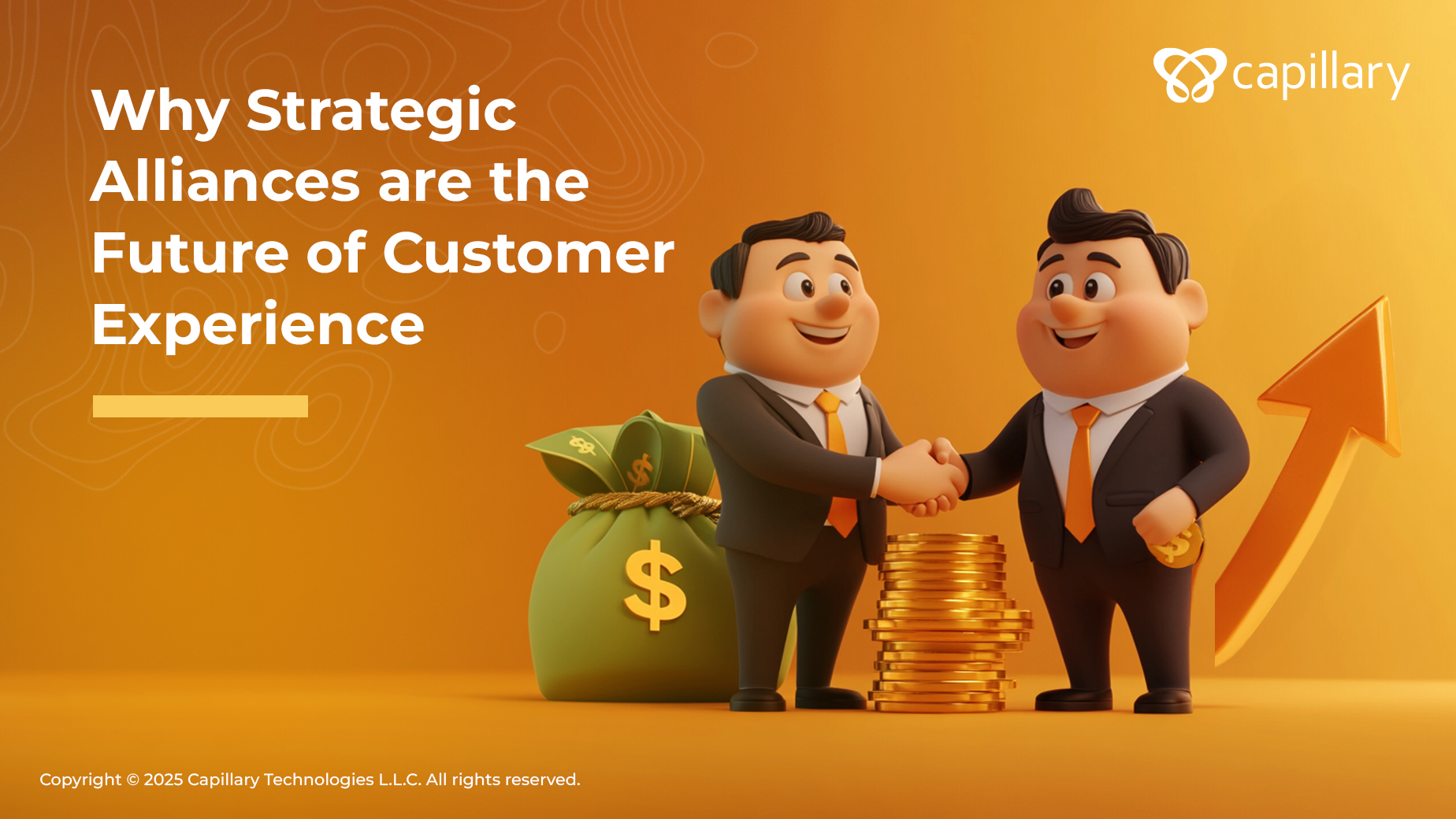
News Flash- Loyalty isn’t a one-brand show anymore!
As customer expectations evolve and the battle for attention intensifies, brands are learning an important truth: no matter how good your loyalty program is, its full potential is unlocked only through strategic partnerships.
From retail giants to travel titans, businesses are joining forces not just to cross-promote, but to co-create value. These aren’t your typical affiliate deals or tactical tie-ups. They’re long-term alliances built on shared goals, complementary capabilities, and a mutual desire to make loyalty more rewarding, engaging, and profitable.
Let’s explore how these partnerships are reshaping loyalty—and what your brand can learn from them.
A strategic loyalty partnership is more than a marketing handshake. It’s a deeply integrated relationship where two or more brands align their assets—think rewards, data, channels, and technology—to build a richer, more seamless value proposition for.
Why now?
Because customers are omnipresent—and they want their loyalty programs to be, too. A recent Deloitte study revealed that 57% of consumers are more loyal to brands that offer rewards across multiple aspects of their lifestyle.
Whether it’s booking a flight, shopping for groceries, or signing up for insurance, they expect to earn, redeem, and engage without friction.
This is where partnerships shine: they break loyalty programs out of silos and into ecosystems, offering customers more ways to interact—and more reasons to stay.
Strategic partnerships in loyalty aren’t just about warm fuzzies. They drive tangible business impact across four key dimensions:
A single brand can only offer so much. But when loyalty ecosystems are expanded, members gain more ways to earn and redeem.
Case in point: Qantas x Woolworths.
By linking frequent flyer miles with everyday grocery purchases, the partnership gave customers the ability to earn flight points just by buying milk. That’s everyday relevance—and serious stickiness.
Multi-brand loyalty programs increase the number of customer touchpoints, embedding themselves deeper into the customer’s lifestyle.
A Mastercard study found that member engagement increases by 30% when customers can earn rewards across categories.
Example: Air Canada’s Aeroplan.
Members can earn points across flights, hotels, car rentals, financial products, and even at Starbucks.
Partnerships unlock access to a qualified, high-intent audience: your partner’s customers.
Co-branded acquisition campaigns, referral programs, and joint promotions accelerate member acquisition, especially when the brands share aligned customer values.
Example: Emirates Skywards x Marriott Bonvoy.
This partnership allows reciprocal point transfers and elite status accelerators, tapping into affluent, travel-oriented customer bases on both sides.
Shared infrastructure, pooled marketing budgets, and co-funded campaigns reduce the cost of engagement per member. More critically, partner-funded loyalty points help maintain perceived value without increasing your internal costs.
Example: Tata Neu.
India’s super app enables cross-brand redemptions across Tata’s own businesses—Taj Hotels, BigBasket, Croma—and select third-party merchants. The result? Higher value perception without inflating any one unit’s costs.
Let’s revisit Qantas and Woolworths—an iconic win-win-win.
The partnership delivered exceptional outcomes across customer satisfaction, engagement, and brand equity. But here’s the kicker: when Woolworths ended the partnership in 2015 to run its own standalone loyalty program, customers revolted. The backlash was swift and intense, forcing Woolworths to reinstate the partnership within a year.
That’s not just a success story. That’s market validation.
Signing a deal is easy. Sustaining a partnership? That’s where the heavy lifting begins.
Here’s what strong loyalty partnerships have in common:
Today’s most innovative loyalty partnerships are moving beyond traditional co-branding. They’re creating integrated, value-driven ecosystems that embed loyalty into everyday life. Here are four models leading the charge:
Loyalty isn’t just about points—it’s about memorable experiences. Brands are now building immersive engagement opportunities around major cultural events.
Example: Marriott Bonvoy Moments
Members can redeem points for exclusive access to Formula 1 races, including VIP paddock tours and luxury accommodations. It transforms a hotel booking into a once-in-a-lifetime event.
Loyalty is being seamlessly woven into third-party platforms, delivering frictionless engagement where customers already are—no extra apps, no extra steps.
Example: Chase x Lyft
Sapphire cardholders automatically earn 5x points on Lyft rides, directly within the Lyft app. No need for separate enrollments or activations—loyalty is built into the ride experience.
Eco-conscious consumers want brands to align with their values. Loyalty programs are responding with incentives for sustainable behaviors.
Example: Etihad Guest
Members earn extra miles for reducing baggage weight, offsetting carbon emissions, or donating miles to sustainability-focused initiatives. It’s purpose-led engagement with real-world impact.
Some brands are extending their value proposition by launching adjacent services, like insurance or financial products, without owning the backend infrastructure.
Example: Grab x Chubb
Grab offers travel, health, and gadget insurance directly within its app, fully branded as Grab. While the backend is powered by Chubb, the customer relationship remains 100% Grab’s.
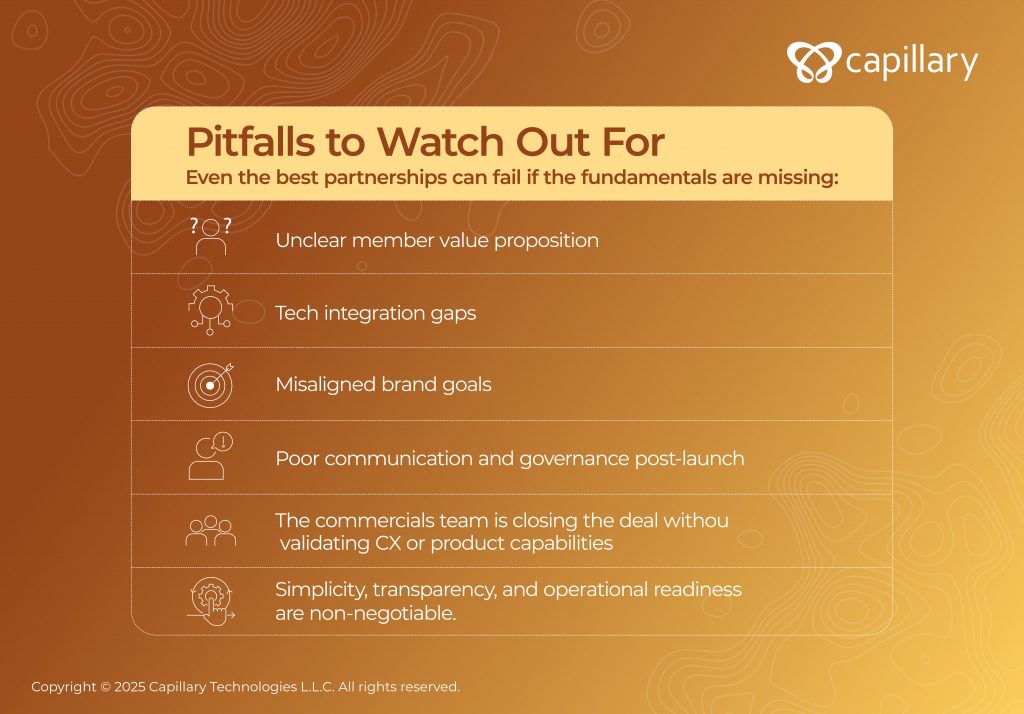
Final Takeaway: Loyalty is a Team Sport Now
The era of going solo is over. If you want your loyalty program to be relevant, resilient, and revenue-generating, partnerships aren’t optional—they’re strategic.
So don’t just ask, “What rewards should we offer?”
Ask, “Who can we partner with to create real, everyday value for our customers?”
Because in the new age of loyalty, collaboration isn’t just a trend—it’s the future.
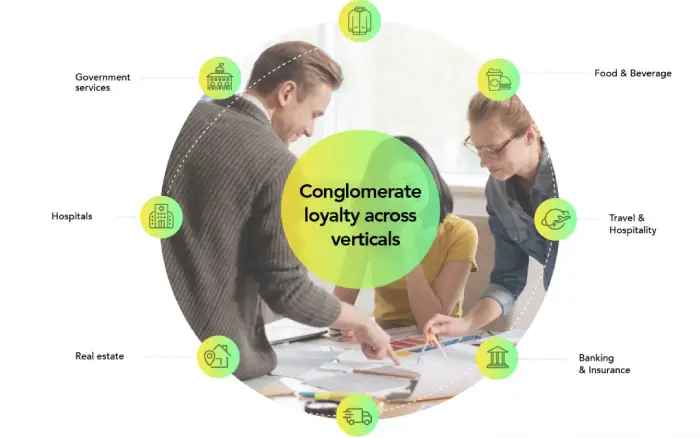
May 5, 2025 | 4 Min Read
Create a scalable multi-brand loyalty program that strengthe
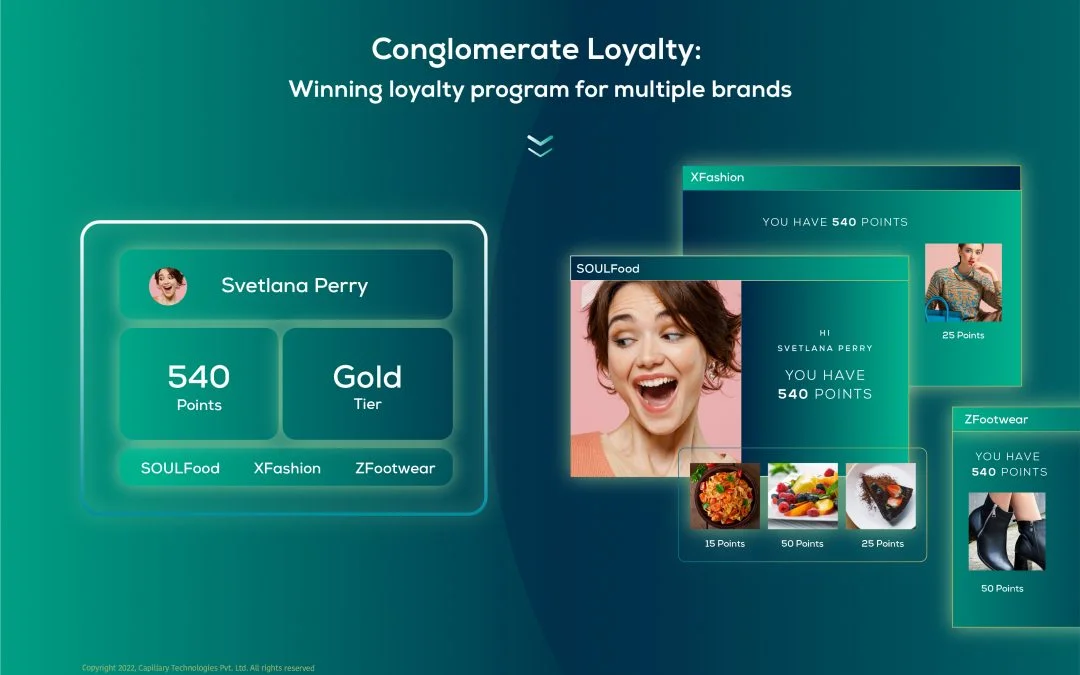
July 1, 2022 | 4 Min Read
Over the next three years, conglomerate loyalty programs wil
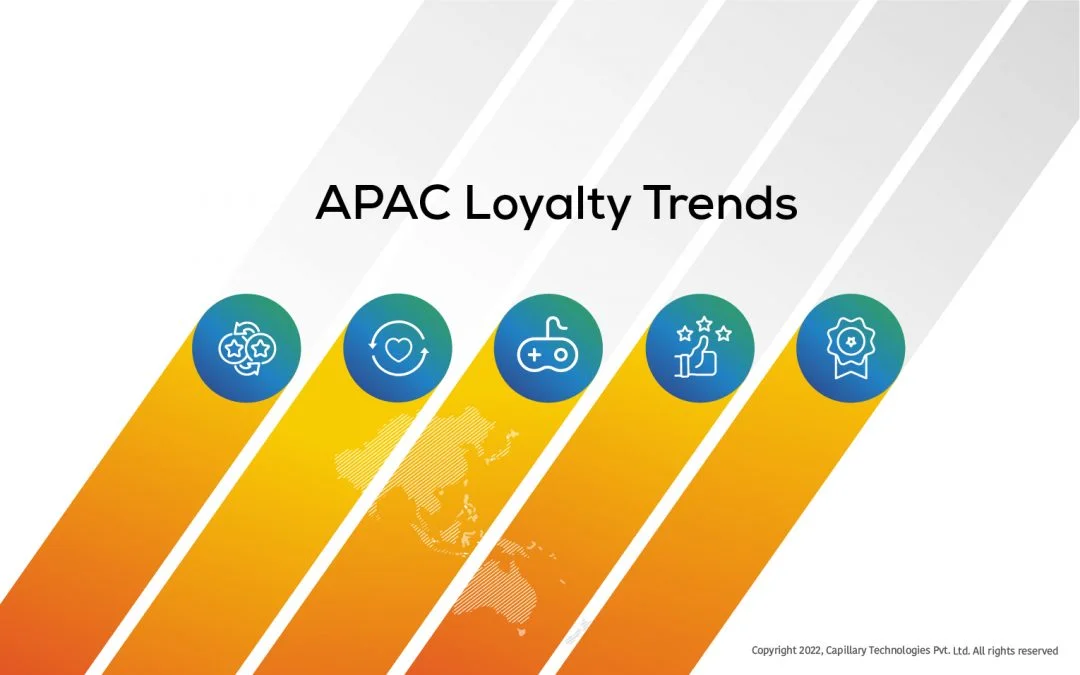
December 1, 2024 | 4 Min Read
There is no region more mobile-friendly and digitally agile